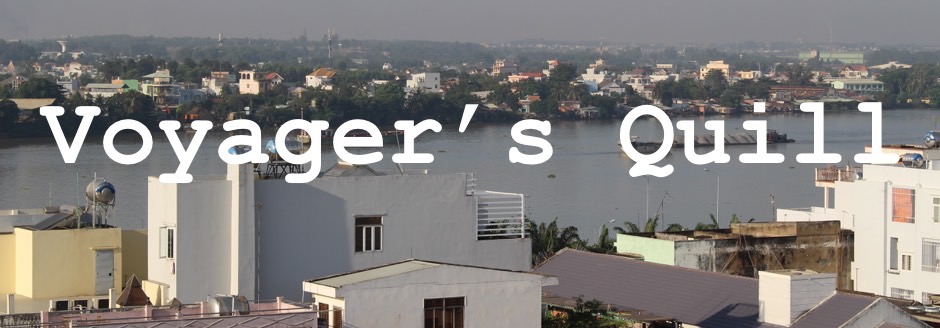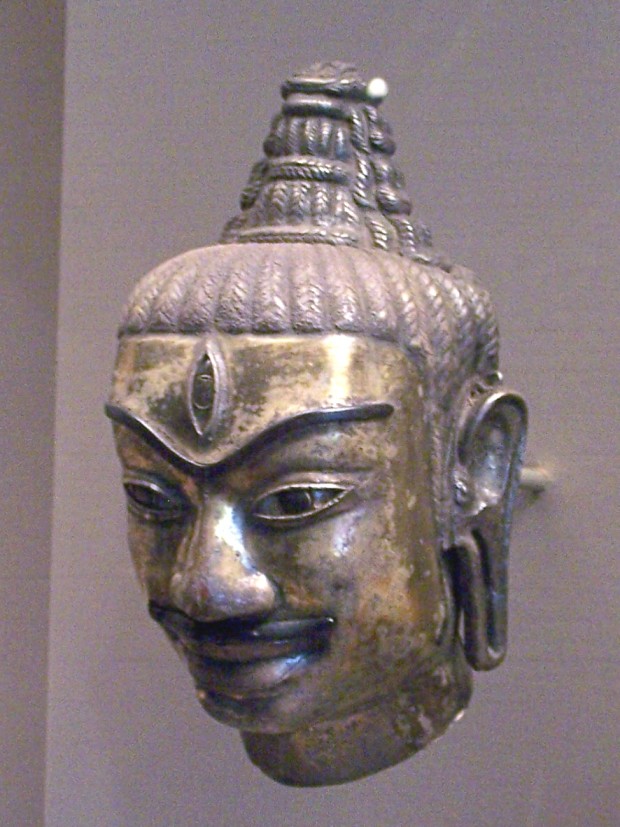You can travel to every temple in the world and get absolutely nothing out of it if you don’t know the context.
Many of the places I’ve visited meant nothing until I found their stories. The temple in Bien Hoa dedicated to education, for instance, or the family shrine where a friend’s ancestors were buried. By themselves, they are outstanding examples of beautiful architecture. Their stories, however, bring them to life.
Much of Vietnamese history is lost to the ages, and unfortunately for most western people, the story of this country is overshadowed by the much more recent history of war and political corruption.
However, the truth of the country is much more fascinating. To understand Vietnam, one must first look much farther into the past – and farther south – than the modern era.
Vietnam, or the name as it is known today, was originally a part of China from around 111 BC until 938 AD, when independence was won at the Battle of Bach Dang River (this isn’t the exact spelling, but I lack the accent marks to make it exact.)
From this point, the country flourished quickly under the rule of the Ly and Tran dynasties. However, the country was located farther to the north than it is now; at the same time as Vietnam’s fight for independence was taking place, another kingdom was in slow decline in the southern region.
The Champa kingdom – or more accurately, the Champa region – was located in most of what is modern Vietnam. The Cham people who populate Vietnam and Cambodia today are the remnants of this civilization.
After Vietnam won its independence, the country was named Dai Viet. This political entity was centered around modern-day Hanoi, but slowly moved south over the years. By 1832, the Vietnamese emperor Minh Mang conquered the remaining Cham territories, bringing this civilization to an end. The traces that remain are in the people and the ruins, most notable around the cities of Da Nang and Nha Trang.
However, before the entire civilization was lost, a clear regression can be seen. From the late 800s AD to around 1000 AD, the capital of Champa was found around Indrapura, roughly in the area of modern day Da Nang. After this region fell to aggression from the growing Vietnamese government, Vijaya became the next capital. This region is roughly around modern Qui Nhon.
After Vijaya fell, the central seat of power was moved to Kauthara, which is roughly where modern Nha Trang stands. Traces of this can be seen in the ruined Po Nagar towers.
After Kauthara fell, Panduranga became the capital, and maintained that status until the rest of the civilization was annexed.
One notable aspect of Champa is the Islamic influence. Because the region began to adopt Islam around the 11th century, some of the conflict was fueled by religious differences, as the newly formed Dai Viet officially adopted Buddhism at the same time. However, Hindu influences can also be found throughout ruins in the region.
While it’s impossible to talk about the full, fascinating history in just a few hundred words, one thing that’s worth mentioning is that Champa wasn’t the first civilization. It was preceded by a country called “Linyi.” Although some sources state that Linyi was the result of a rebellion of a Chinese province, texts from the period refer to the population as “people of the south of black color and crinkled hair.” This has led many historians to believe the people of Linyi were settlers from the Austronesian region, in modern-day Indonesia, or possibly from the Philippines.
This is a topic I would like to dive into further, and much more in depth, should I have the opportunity at some point in the future. However, I don’t think the true story can ever be fully told — it has been lost to the ages.







No Comments